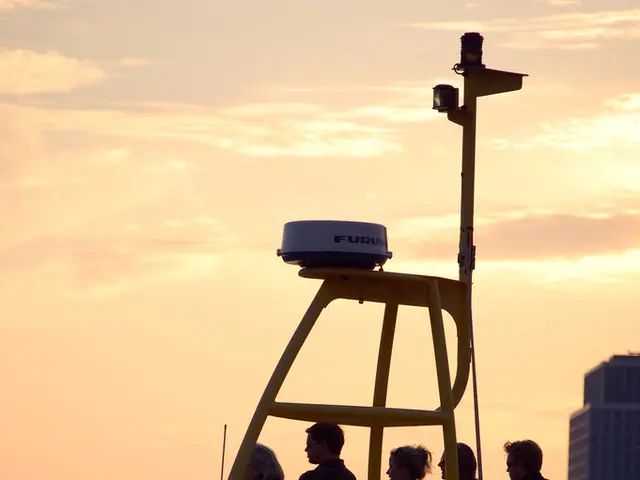The Persistence of Traditional Lab Tools in Modern Chemistry
"Reinventing processes: A look at transformative changes within chemistry research"
In the ever-evolving landscape of scientific research, the question of whether traditional lab tools still have a place in modern chemistry is a fascinating one. While many labs have transitioned to digital and more advanced equipment, some historical tools continue to thrive due to their unique advantages and specific applications.
Analytical Balances and the Value of Mechanical Precision
Although electronic balances have become the norm in most labs for their ease of use and precision, mechanical analytical balances (single-pan or double-pan beam balances) remain a fixture in certain settings. Their enduring appeal stems from several factors:
- Reliability: Unlike their electronic counterparts, mechanical balances do not require power and are less prone to electronic failure.
- Calibration and durability: These balances offer stable calibration over long periods and can be more rugged in certain environments.
- Educational purposes: They serve as an effective teaching tool, demonstrating principles of mass measurement and balance mechanics.
- Fieldwork or remote locations: In settings where electricity or maintenance services are unavailable, mechanical balances are preferred.
KBr Discs: A Timeless Sample Preparation Method for IR Spectroscopy
Potassium bromide (KBr) discs remain a standard sample preparation method for infrared (IR) spectroscopy, particularly in academic and research settings. KBr is IR transparent, allowing solid samples to be analyzed without spectral interference. Despite alternative sample-prep techniques like ATR-FTIR, KBr pellets provide high-quality spectral data for solid-state samples.
The preservation of KBr disc preparation is supported by its cost-effectiveness, applicability across diverse solid sample types, and ability to prepare thin, uniform pellets useful for quantitative analysis.
A Symphony of Old and New Tools
As high-throughput experimentation for reaction optimisation becomes more amenable, improvements in automation and data handling are expected. However, the historical tools discussed here continue to be valuable in chemistry labs. Their usage ensures robust foundational skills and offers practical solutions in specific scenarios where modern replacements face limitations.
The concept of 'creative destruction', popularized by Austrian economist Joseph Schumpeter, refers to the replacement of old technologies with new ones, a phenomenon that has been observed since the Industrial Revolution. While some tools may fade away, others will persist, their unique qualities ensuring their continued relevance in the lab.
- In the realm of science, where technology continues to reshape laboratory practices, traditional lab tools like mechanical analytical balances and KBr discs for IR spectroscopy retain their significance.
- The coexistence of modern digital tools and classic apparatus like mechanical balances and KBr discs in chemistry labs underscores the principle of 'creative destruction', a concept that recognizes the continuous evolution of technology while appreciating the enduring relevance of traditional tools.




